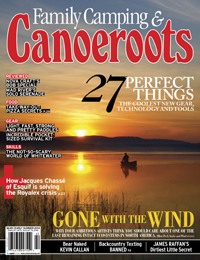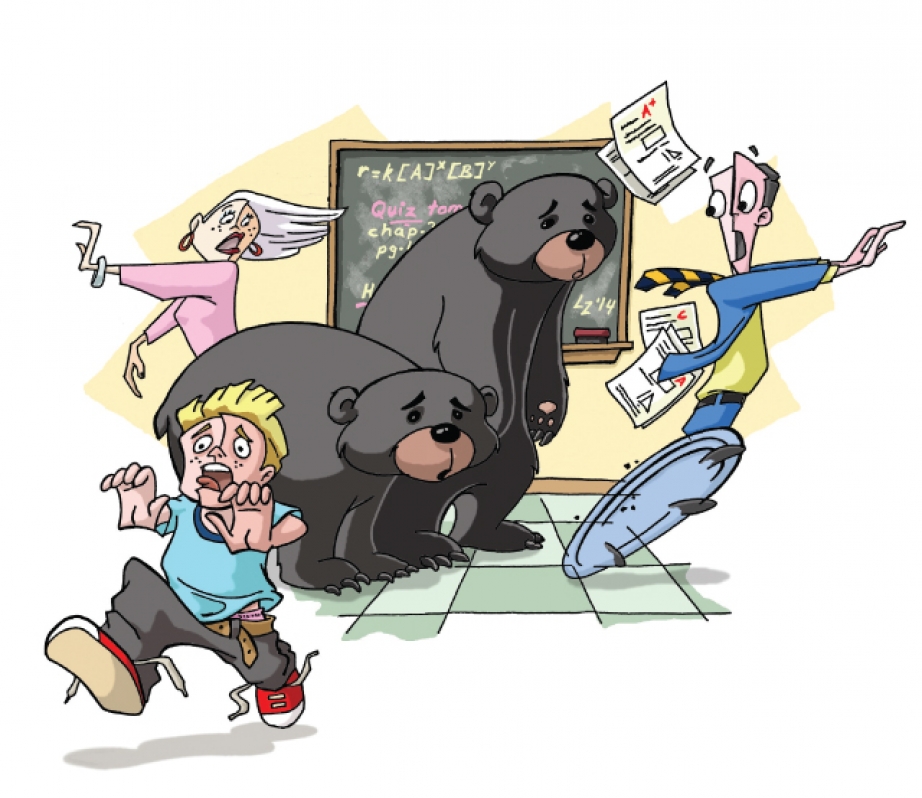I think the high school administrator thought I would give up on taking the group of troubled kids out into the wild after I was told the school board no longer allowed on-water activities, such as canoeing or kayaking. I don’t give up that easily. I countered the absurd regulation by changing the proposed canoe trip into a backpacking trip. There were no rules against walking. Not yet anyway.
Getting permission still wasn’t easy. I had to jump through hoops to satisfy the paranoid administration, including filling out a 12-page document reminiscent of my taxes that confirmed my trip leading experience. Of chief concern was whether I could handle a bear “situation” if it occurred while we were in the wilderness.
Despite detailing the unlikeliness of encountering a bear—and my many years handling such rare encounters—the trip almost didn’t go ahead. The handwringing and misplaced fear left me frustrated.
Cutbacks, rising costs and the ever-looming threat of litigation are all reasons that school boards are more hesitant than ever to green light wilderness trips.
It’s the students who miss out. It’s well documented that outdoor programs encourage mental and physical health. Outdoor adventure exper iences increase self-confidence as students are encouraged to navigate new challenges, manage risks and practice self-care. Immersed in nature, kids can’t help but engage with the curriculum. Plus, they skip class less—there’s 100-percent attendance for classes in the wilderness.
We had discussed what the students should do if they encountered an unwelcome ursine, but there were no bear encounters during our weeklong trek in the woods. The only wildlife sighting of note was a porcupine. It was living under an old outhouse and caused one student to let out an unholy scream in the middle of the night. Oh, and a family of raccoons that tried to steal a pair of smelly sneakers.
I found out on our return that it was the high school itself that saw all the action.
While we were playing it safe in the wilderness, a black bear took a stroll through the schoolyard on its way to feast in one of the town’s fast food restaurant dumpsters. The high school principal ordered a lock down and a tactical police unit arrived to gun down the bear. The incident made national news.
The principal didn’t see the irony of the situation.
Risk isn’t often as obvious as a 400-pound black bear with a Whopper craving, but it’s a part of everyday life. Risk exists in the wilderness and on the playground. It’s on the road, on the water and even in your home. It’s inescapable. Better to learn to manage risk and grow from that valuable experience, rather than try to hide from it.
By the end of our week in the woods, I think the students agreed with me. I’m just happy that what we learned on trip can be so readily applied to everyday life.
Kevin Callan once scared a bear away from his daughter’s sixth birthday party with nothing more than a canoe paddle. Follow his adventures at kevincallan.com.




